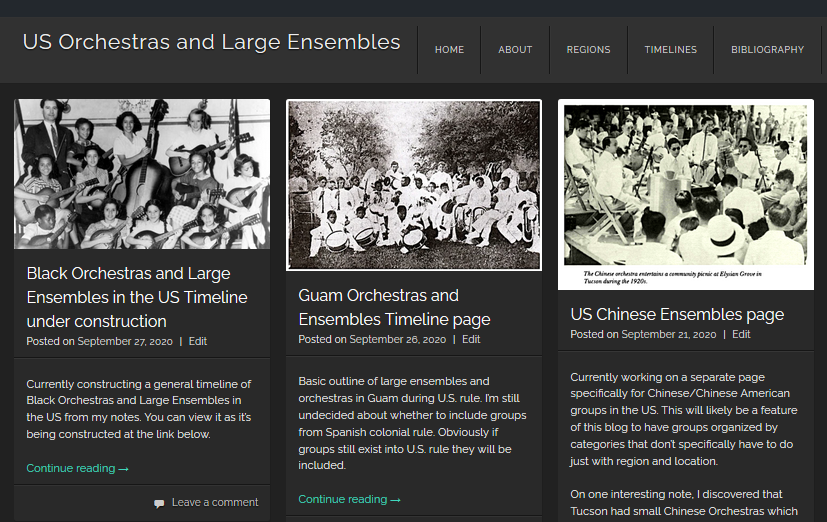
Adventures in compiling bibliographies: Arabic Music Theory edition.
Just traveled down a rabbit hole of Syriac Christian Chants and the Beth Gazo (collection of Syriac hymns dating back to Bardaisian 154-222 CE) and I'm reminded how Eurocentric #MusicTheory is as a discipline.
Just traveled down a rabbit hole of Syriac Christian Chants and the Beth Gazo (collection of Syriac hymns dating back to Bardaisian 154-222 CE) and I'm reminded how Eurocentric #MusicTheory is as a discipline.
Tala Jarjour, in her "Syriac Chant at the Negotiation of Source and Method in the Two Music–“ologies”," probably sums up a lot of what's running through my head right now.
jstor.org/stable/10.5921…
jstor.org/stable/10.5921…

And Jarjour really hits it on the head here because this could be said of so many of the Christian chant traditions. This applies even to the more well studied ones like the Byzantine and Znamenny, much less Armenian Apostolic, Georgian, Zema, and Coptic traditions. 

The other thing to acknowledge is that nearly all of these Christian Chant traditions had some form of music notation, and since Western Music training tends to be monomusical, it can be difficult to conceptualize how different notation systems can shape the evolution of music.
Sandeep Bhagwati discusses this in "Notational perspective and comprovisation." in Sound & Score. Essays on Sound, Score and Notation, 165-177, 2013.
All notations have a universal AND a context-dependant feature which shapes what's stable over time and what is malleable.
All notations have a universal AND a context-dependant feature which shapes what's stable over time and what is malleable.

Bhagwati gives a great and concise illustration of this universal/context-dependant aspect of notation in his "Comprovisation–Concepts and techniques." in Re) Thinking Improvisation, 99-104, 2013.
I also find it interesting he talks about Tabla-bol as a form of aural notation!


I also find it interesting he talks about Tabla-bol as a form of aural notation!



Many of us who have gone through Western Music training understand how effective good engraving can be for reading music. We don't often consider how different types of notation can also be effective for different kinds of musics/musicking. The legacy of monomusical training.
And this takes us back to Jarjour's idea, inflected by Bhagwati's ideas of the universal verusu context-dependant, get at how Western academic disciplines parse out certain musics/musicking in certain ways that don't necessarily serve the study of many musical traditions well...
..since may of them have aspects that overlap aspects that would conventionally be studied in musicology/music theory AND ethnomusicology (and really this could be said about more musical ecosystems than we think).
So an interdisciplinary study of most musics is warranted.
So an interdisciplinary study of most musics is warranted.
And all this veers close to the field I almost found myself in before I got sucked back into performing music. If different kinds of music notations (even aural ones) can more effectively work with different kinds of musics/musicking, then we're starting to ask questions about...
...how different writing systems are processed differently at the neurocognitive level. We see this in written language and how direction of writing/reading favors different scripts and in the difficulty of Signers learning a script based an aural rather than visual language.
Which takes us back to the question of culture and the accumulating research showing the psychological health of ethnic groups who have access to participation in their native performing arts forms tends to be better, which puts a different spin on the DEI discussion in music.
So, if find myself down this rabbit hole in Syriac Orthodox Chant and these are the things running through my head as I take in the scholarship from this relatively neglected form of musicking and how systems of exclusion have contributed to that fact.
And just to muddy the waters even more, here’s a fascinating introductory piece on the Chant tradition of the Syro-Malabar Church in Kerala, India.
syriacstudies.com/2017/11/17/the…
syriacstudies.com/2017/11/17/the…
• • •
Missing some Tweet in this thread? You can try to
force a refresh








